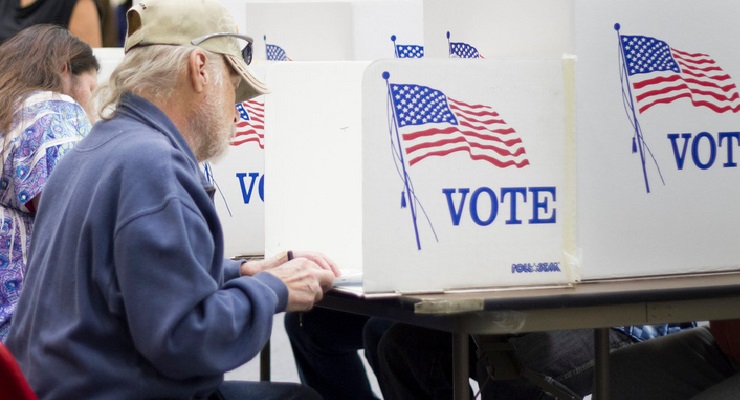
Oregon’s success with an automatic voter registration system has led to a wave of new legislation. A great article by Robert Griffin and Paul Gronke at the Washington Post had the story:
We analyzed Oregon’s automatic voter registration system — a result of the 2015 law known as Oregon Motor Voter (OMV). We found that in less than a year, OMV registered over 270,000 new voters, and more than 98,000 of them voted in the 2016 election. Compared to citizens already registered, these automatic registrants were significantly younger and lived in places that had lower incomes, lower levels of education, more racially diverse populations and lower population densities. And while programs that register more voters are usually thought to benefit Democrats, we found that wasn’t entirely the case.
I definitely recommend reading the full article but the conclusion is stark:
We don’t know yet whether Oregon’s results represent automatic voter registration systems everywhere. If they are, then we can expect increased voter registration, resulting in an electorate that better represents U.S. citizens as a whole.
For more information on why states should implement automatic voter registration, see the Case for Automatic Voter Registration by the Brennan Center for Justice at NYU School of Law. For in-depth answers describing how states can use existing technology to implement automatic registration, see Automatic and Permanent Voter Registration: How it Works. According to the most recent update on June 12 by the Brennan Center:
Automatic voter registration, a new reform that will modernize voter registration and dramatically increase registration rates, is gaining momentum around the country. Eight states and the District of Columbia have already approved the policy, and Illinois Gov. Bruce Rauner is expected to sign an automatic registration bill that the legislature passed in May. So far in 2017, 32 states have introduced legislation to implement or expand automatic registration (and one more state has an AVR bill that carried over from 2016). A full breakdown of these bills, as well as those introduced in 2015 and 2016, is available below.
Automatic voter registration makes two transformative, yet simple, changes to voter registration: Eligible citizens who interact with government agencies are registered to vote unless they decline, and agencies transfer voter registration information electronically to election officials. These two changes create a seamless process that is more convenient and less error-prone for both voters and government officials. This policy boosts registration rates, cleans up the rolls, makes voting more convenient, and reduces the potential for voter fraud, all while lowering costs.
Leave a Reply